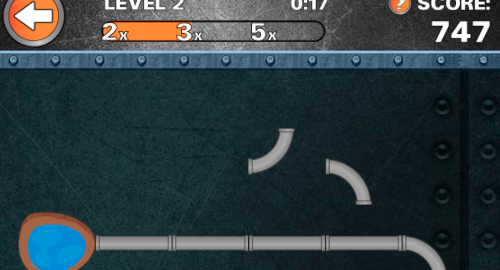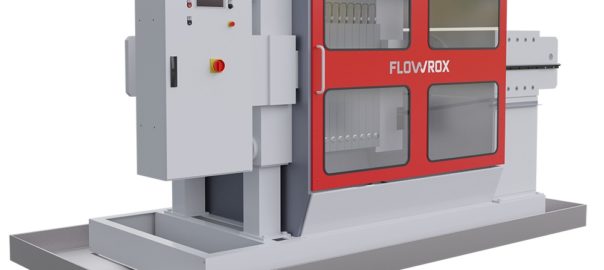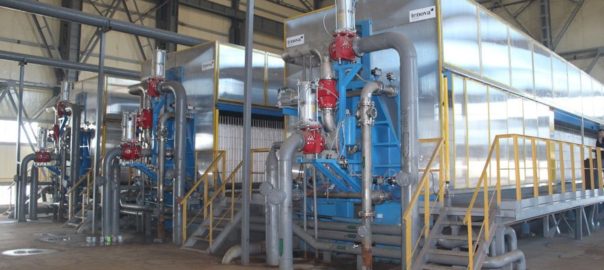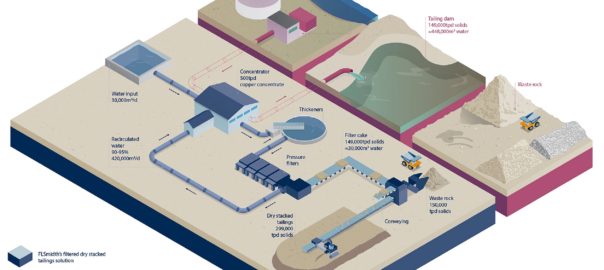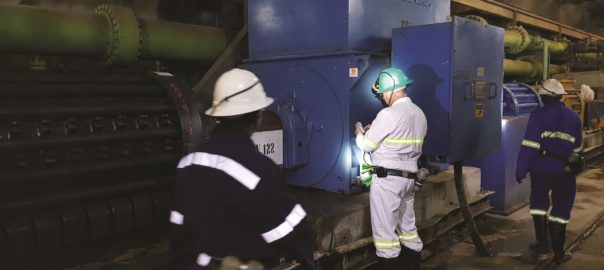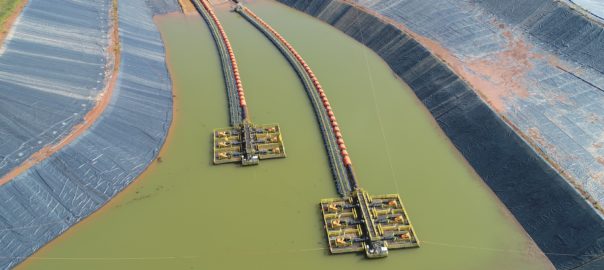Weir Minerals says it has created a “fun and simple game” to educate its customers on the OEM’s dewatering capabilities.
Pumped Up! uses a variety of Weir Minerals dewatering equipment to move water around a fictional mine site, according to Ian Ross, Global Product Manager for Dewatering at Weir Minerals.
Each of the 10 levels present players with a different dewatering obstacle to overcome, from recycling, to flooding, to underground mines and long distance pump requirements. Levels increase in difficulty, and the number of points awarded is determined by how long each level takes to complete.
Products included as part of Weir Minerals’ dewatering solution in Pumped Up! include Warman®, Geho®, Floway®, and Multiflo® pumps as well as Isogate® and Delta® valves, and Linatex® hoses.
The game was released as part of Weir Minerals’ 2019 Take Control Of Your Water dewatering solutions campaign. Through articles, expert profiles, and case studies, the campaign demonstrates how Weir Minerals use its engineering and project management capabilities, together with a wide range of equipment, to deliver an optimised dewatering solution unique to every customer site, the company said.
Head to www.dewateringsolutions.weir to play the game.







